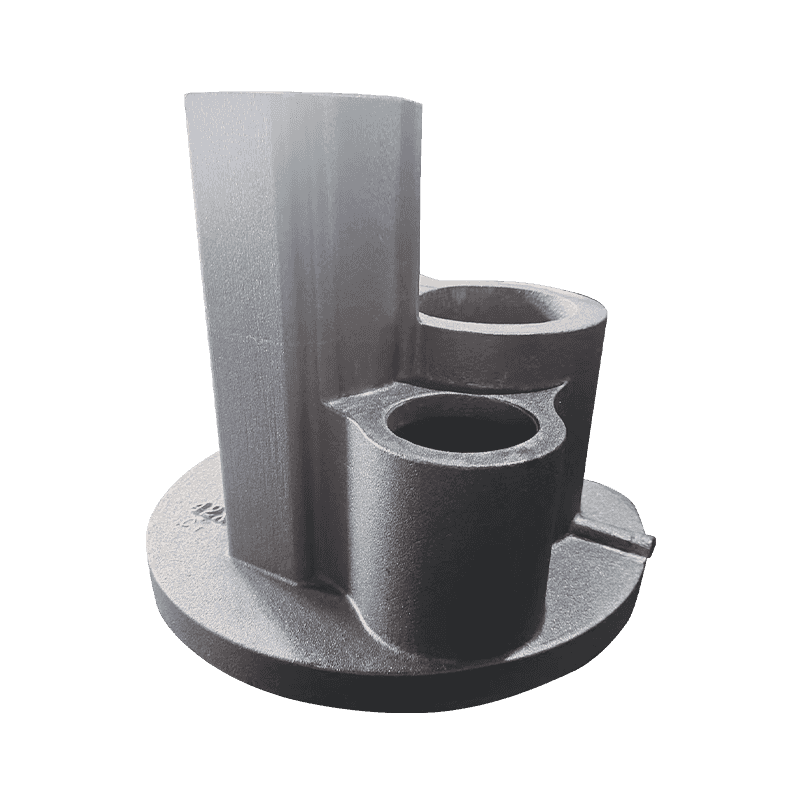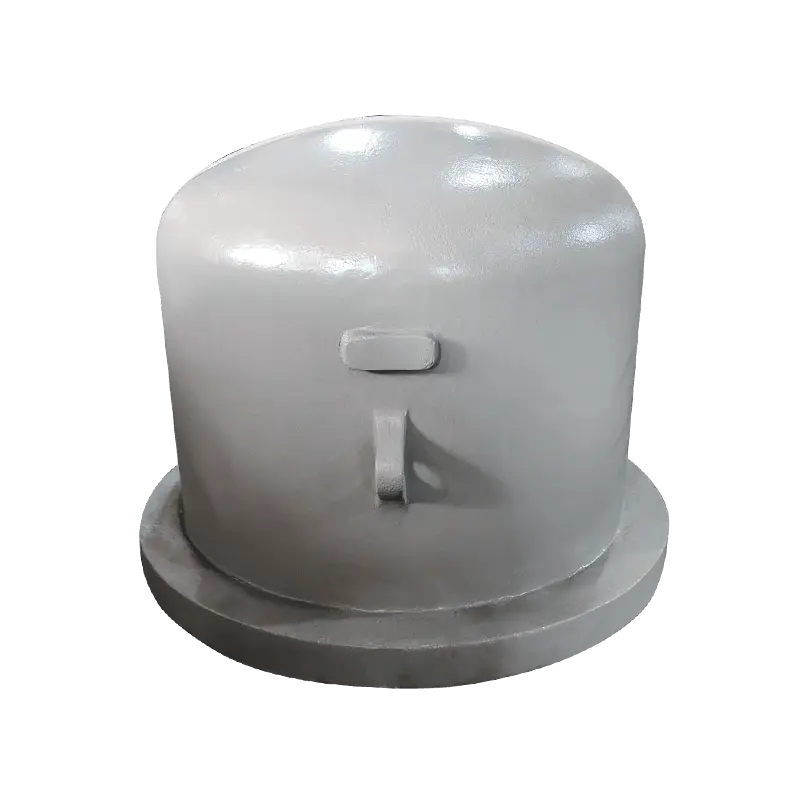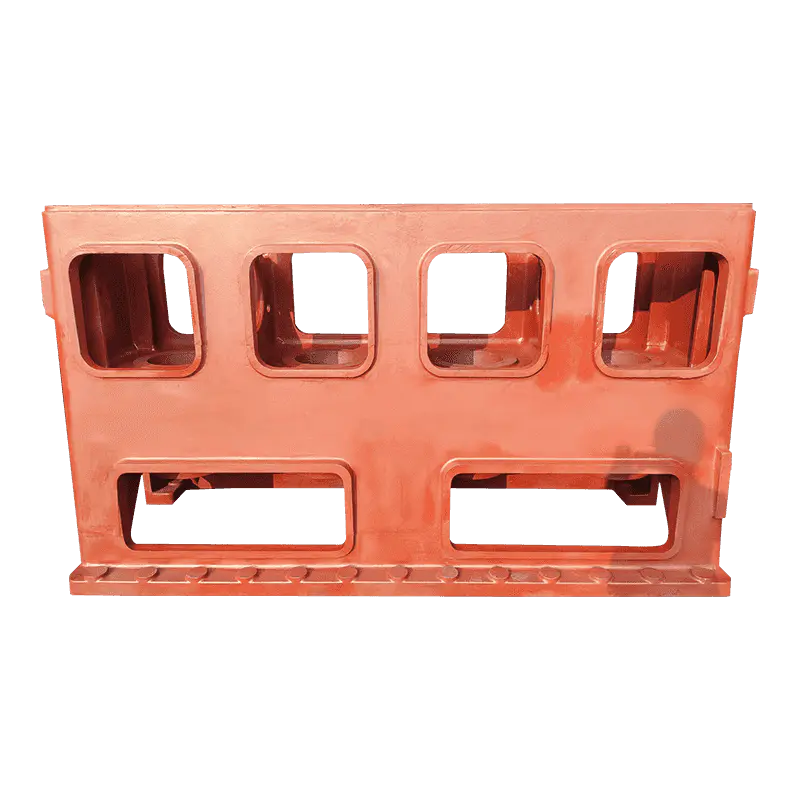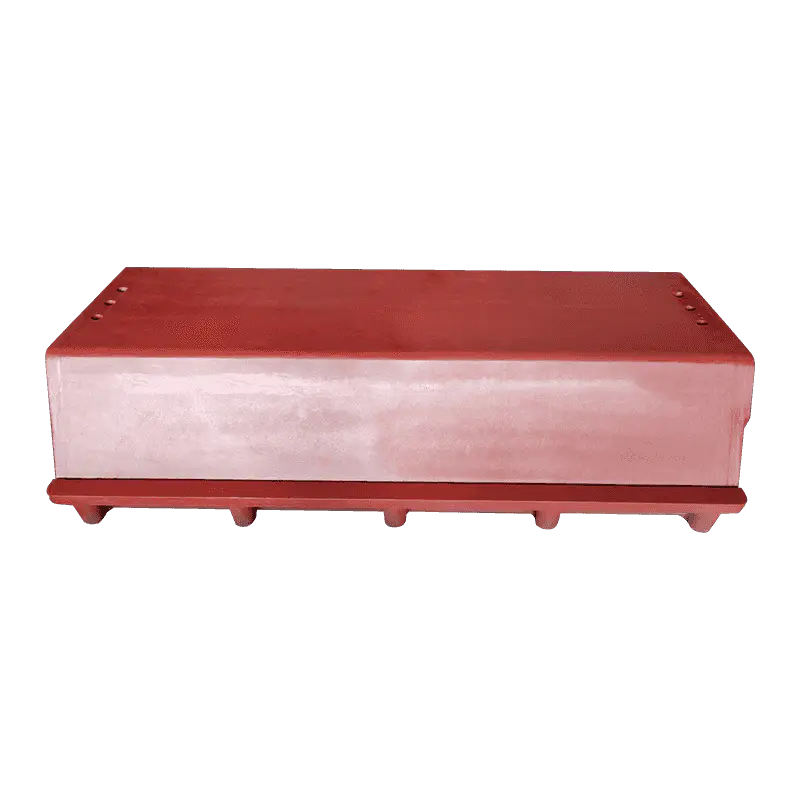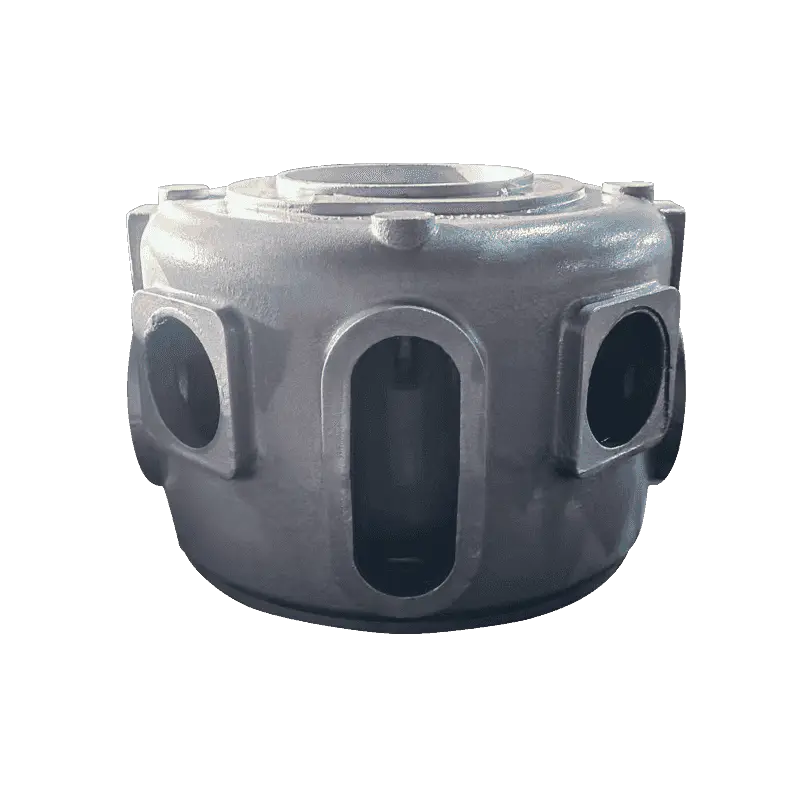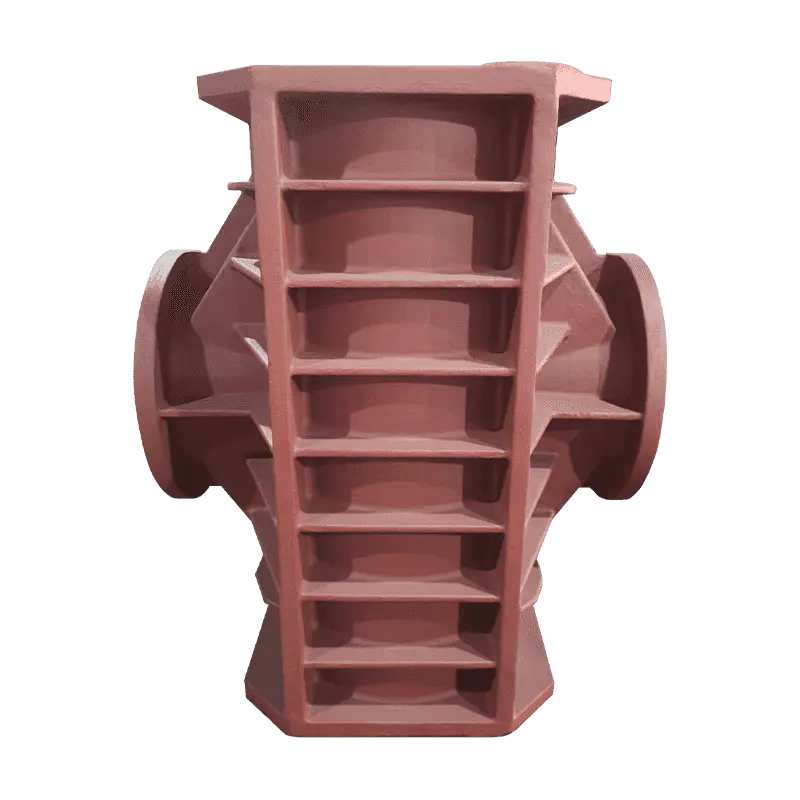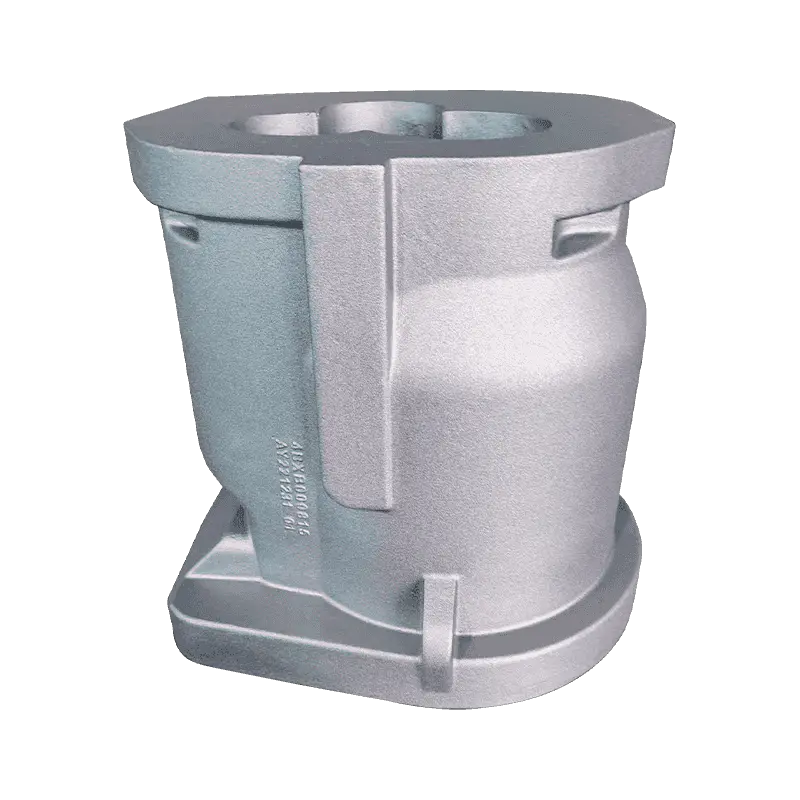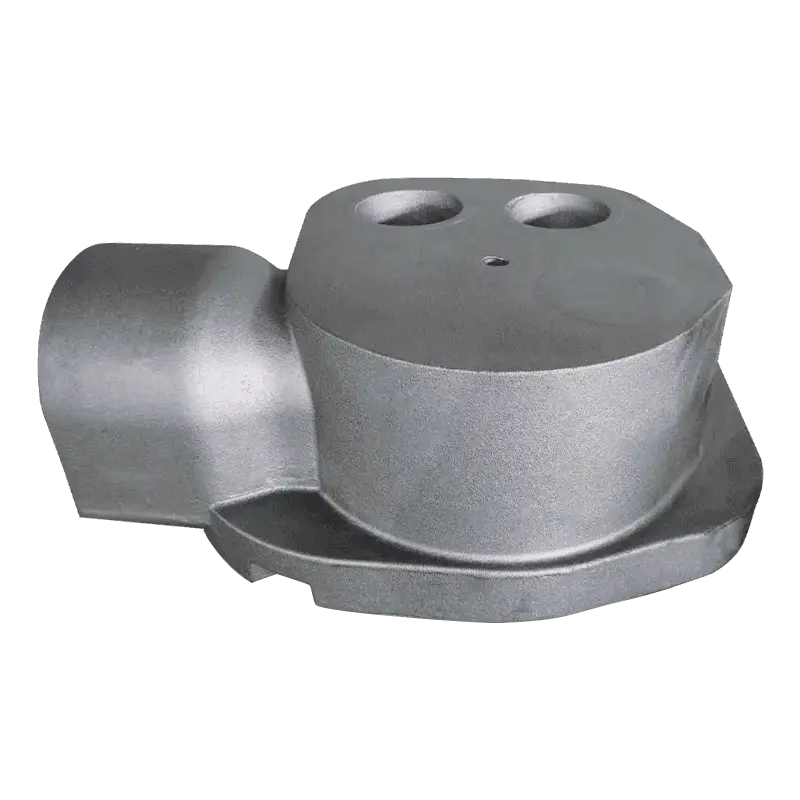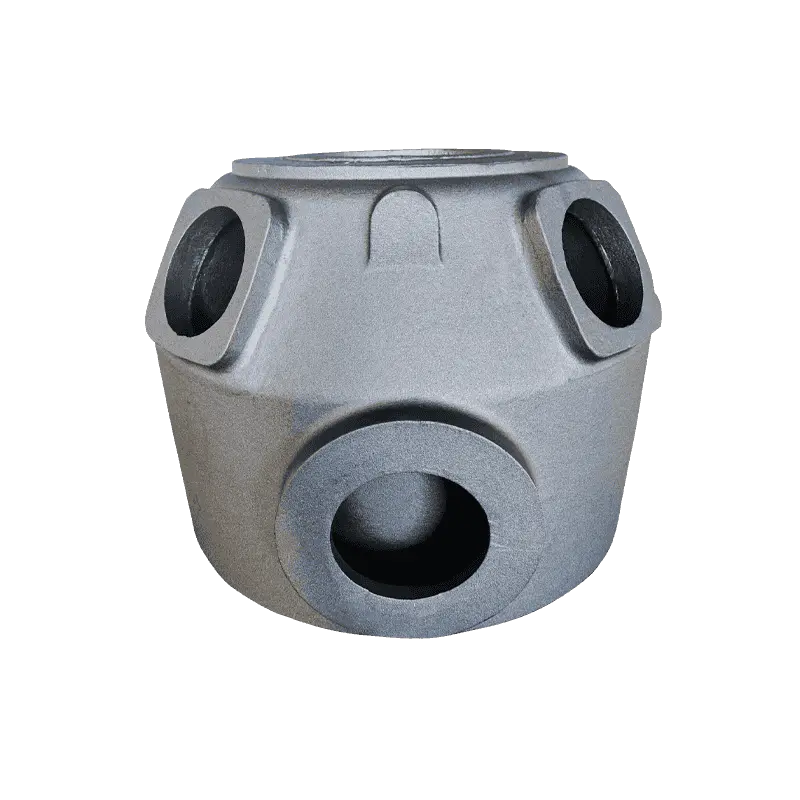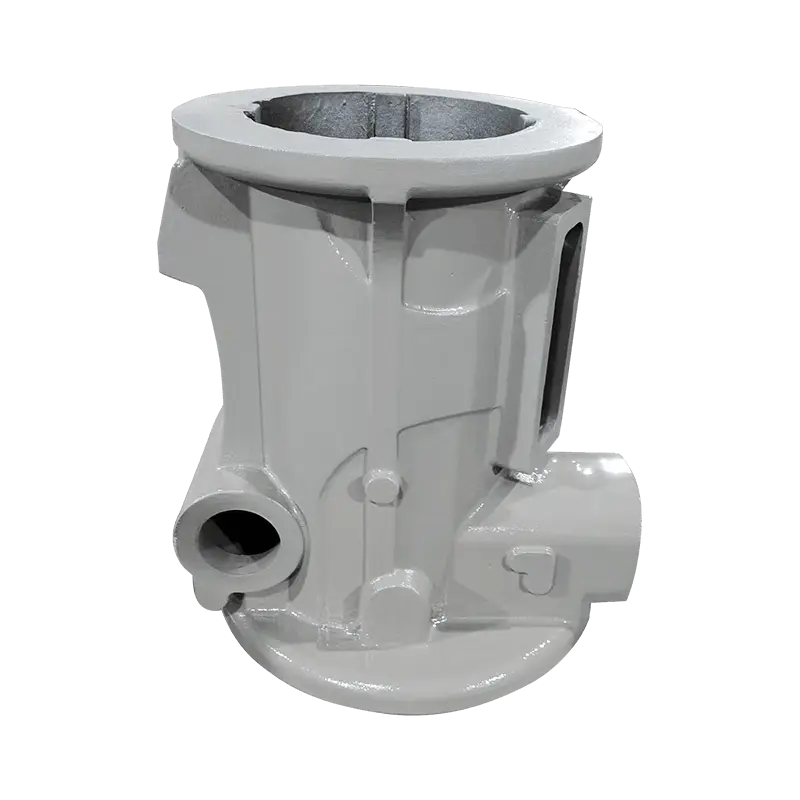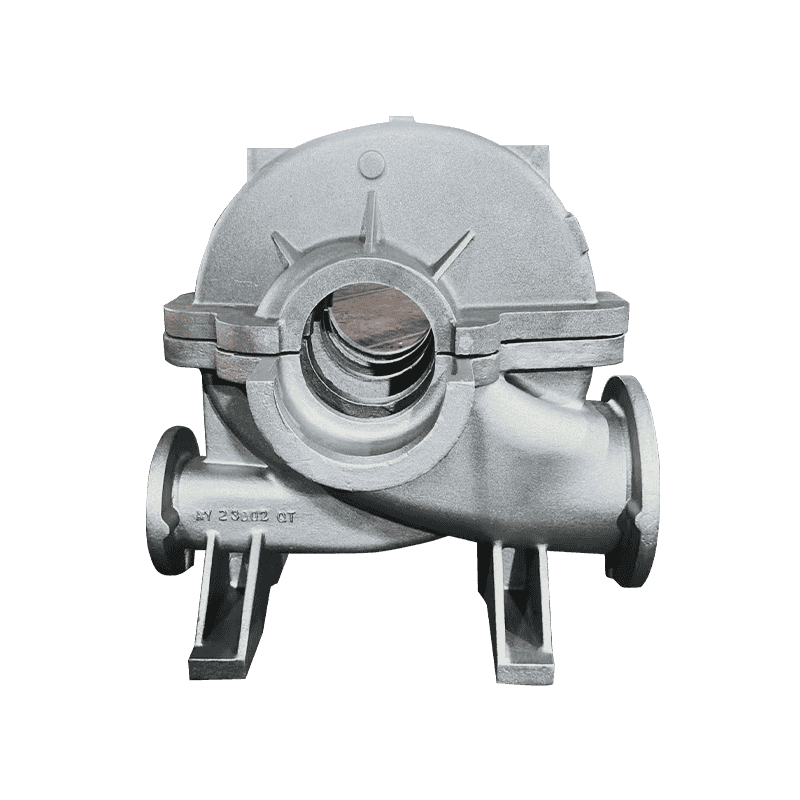The surface finish of compressor casting parts is a crucial determinant of the frictional behavior between moving components. In compressors, parts such as pistons, cylinders, and valves are in constant motion, often subject to significant mechanical forces. A smoother surface finish reduces the microscopic peaks and valleys that cause increased friction. By minimizing these asperities, a smoother surface leads to less surface contact and, consequently, a lower coefficient of friction. Reduced friction minimizes energy losses, enhancing the overall efficiency of the compressor. Lower friction translates to less heat generation, which helps maintain the integrity of components and prevents premature wear or overheating. Conversely, if the surface is rough, friction is higher, leading to greater energy consumption, excessive heat, and the potential for component damage over time. Therefore, optimizing the surface finish is integral to improving compressor efficiency, ensuring smooth operation, and reducing operational costs.
Lubrication plays a critical role in ensuring the longevity and performance of compressor parts. The surface finish directly impacts the ability of lubricants to form a consistent, protective film between moving surfaces. When the surface finish is smooth, the lubricant can be evenly distributed, creating a thin, uniform layer that prevents direct metal-to-metal contact between moving parts. This is essential for reducing wear and minimizing the risk of premature component failure. Smooth surfaces allow lubricants to flow more easily and form a continuous protective barrier, which is especially important in high-stress components like bearings and shaft seals. In contrast, rough or uneven surfaces disrupt the formation of this lubrication film, which can lead to dry spots where friction increases, potentially resulting in galling, scoring, or other forms of surface damage. Therefore, a high-quality surface finish ensures that the lubrication remains effective, leading to reduced friction, lower wear rates, and better overall performance.
The surface finish of compressor castings significantly impacts their resistance to corrosion, especially in challenging operating environments. Corrosion can be caused by various factors, including exposure to moisture, chemicals, or high humidity, all of which can lead to the formation of rust or oxidation on compressor components. A smooth, polished surface finish is less likely to trap moisture, contaminants, or corrosive particles, which are common causes of corrosion. Such a finish is also easier to clean, reducing the chances of buildup that can lead to material degradation. On the other hand, rough or uneven surfaces can create micro-crevices where water or debris can accumulate, promoting the onset of corrosion. For compressors operating in aggressive environments, such as marine settings or chemical plants, the risk of corrosion is heightened, and therefore, maintaining an optimal surface finish is essential. Additional treatments like coatings, anodizing, or passivation can further enhance the corrosion resistance of the compressor castings, providing an extra layer of protection to maintain the components’ integrity and performance over time.
Wear resistance is a key factor in the performance and longevity of compressor castings, and surface finish plays a significant role in this regard. In compressor systems, components such as pistons, valves, and bearings are constantly subjected to cyclic loading, abrasion, and friction. A smooth surface finish reduces the likelihood of wear because it minimizes the areas of direct contact between moving parts. When surfaces are rough, the points of contact increase, leading to higher wear rates, especially under conditions of high load and repetitive motion. In contrast, a finely finished surface reduces the chances of material loss or degradation because it decreases the intensity of mechanical interactions between mating parts. This is particularly vital in high-precision applications where consistent performance is required. A high-quality surface finish enhances wear resistance by preventing premature surface degradation, ensuring that compressor components can maintain their functionality for longer periods, reducing downtime and maintenance costs.

